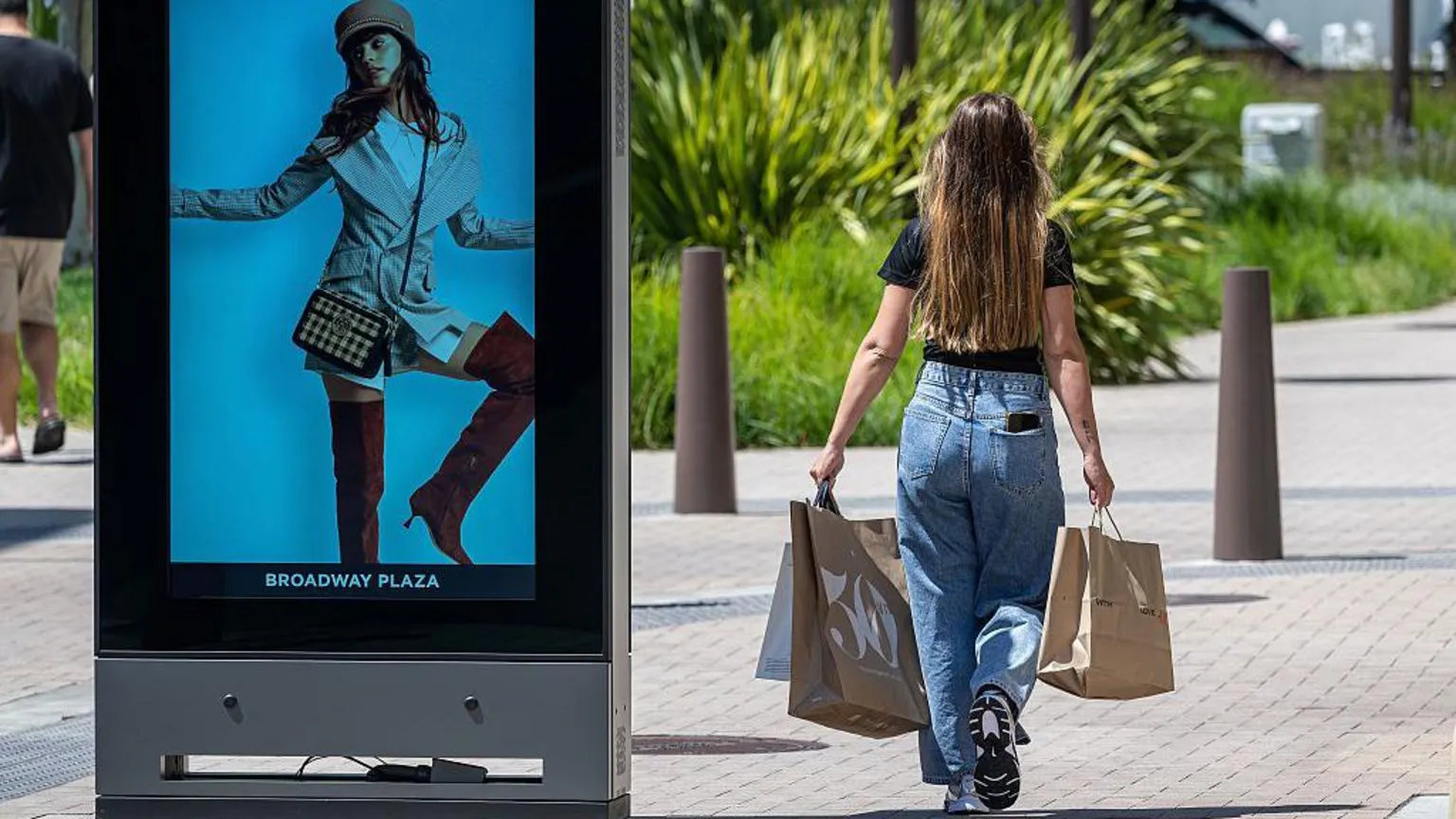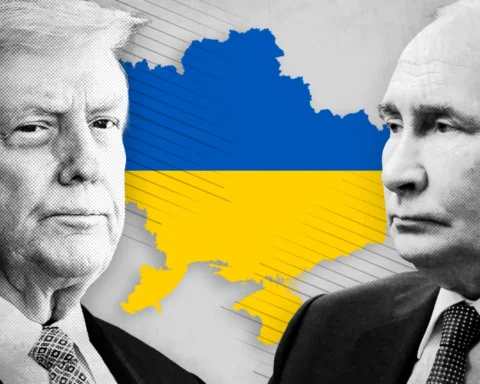The US economy is raising more questions than answers, with warning signs emerging even as some data points show resilience. Economists are split, markets are volatile, and the Federal Reserve is in wait-and-see mode—unable to move decisively on interest rates.
Much of the current uncertainty stems from policies enacted by former President Donald Trump, including aggressive tariffs and an immigration crackdown. Critics warn these could ignite a repeat of 1970s-style stagflation—a toxic mix of stagnant growth and rising prices, but this time self-inflicted.
The administration pushed back on those warnings. Yet, tensions boiled over when the Bureau of Labor Statistics (BLS) commissioner was dismissed, following a jobs report on August 1 that triggered a market sell-off.
The report revealed that job growth nearly flatlined in May and June, remained sluggish in July, and showed an increase in discouraged workers—people who have stopped looking for jobs altogether.
Economist Mark Zandi of Moody’s Analytics didn’t mince words, warning on social media that the US economy was “on the precipice of a recession.”
Still, that view isn’t widely shared. The economy has slowed—growing just 1.2% in the first half of the year, compared to 2.2% in 2024—but it’s far from collapsing. Consumer spending has held up better than many feared.
After briefly stumbling, the stock market quickly bounced back. JPMorgan Chase’s CFO told investors last month, “The consumer basically seems to be fine,” reinforcing a cautious optimism that the US might weather this storm as it has in the past.
Retail and restaurant spending rose 0.5% in July, with June’s numbers also revised upward. “Consumers are down but not out,” wrote Michael Pearce, deputy chief US economist at Oxford Economics, who anticipates a modest rebound in spending ahead, buoyed by tax cuts and a stock market recovery.
That said, inflationary pressures are looming.
So far, consumer price inflation has remained steady at 2.7% year-over-year for July. But many forecasters believe the real price hikes are just beginning, especially as Trump’s delayed tariffs begin to bite this month. Prices for essentials like coffee and bananas are already up.
Further inflation is expected as companies exhaust tariff-free inventory and adjust to the new policy environment. This is why analysts are closely watching the Producer Price Index (PPI)—a leading indicator of future consumer prices—which surged at its fastest pace in over three years last month.
Perhaps most troubling: the rise in both consumer and producer inflation isn’t confined to goods. It’s spreading to services too—a hallmark of stagflation.
For now, the economy remains a puzzle. The pieces are on the table, but they’re just not fitting together.







